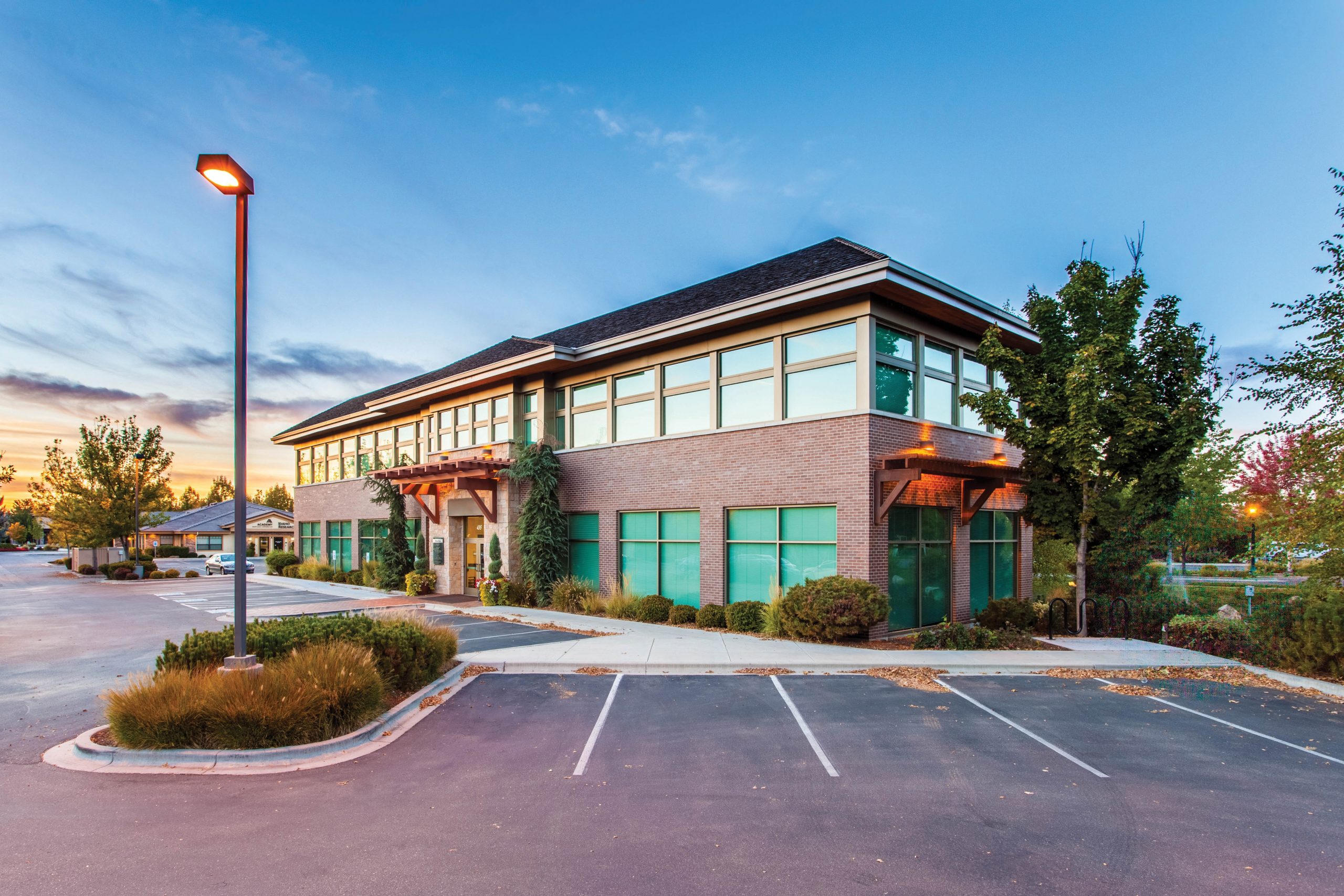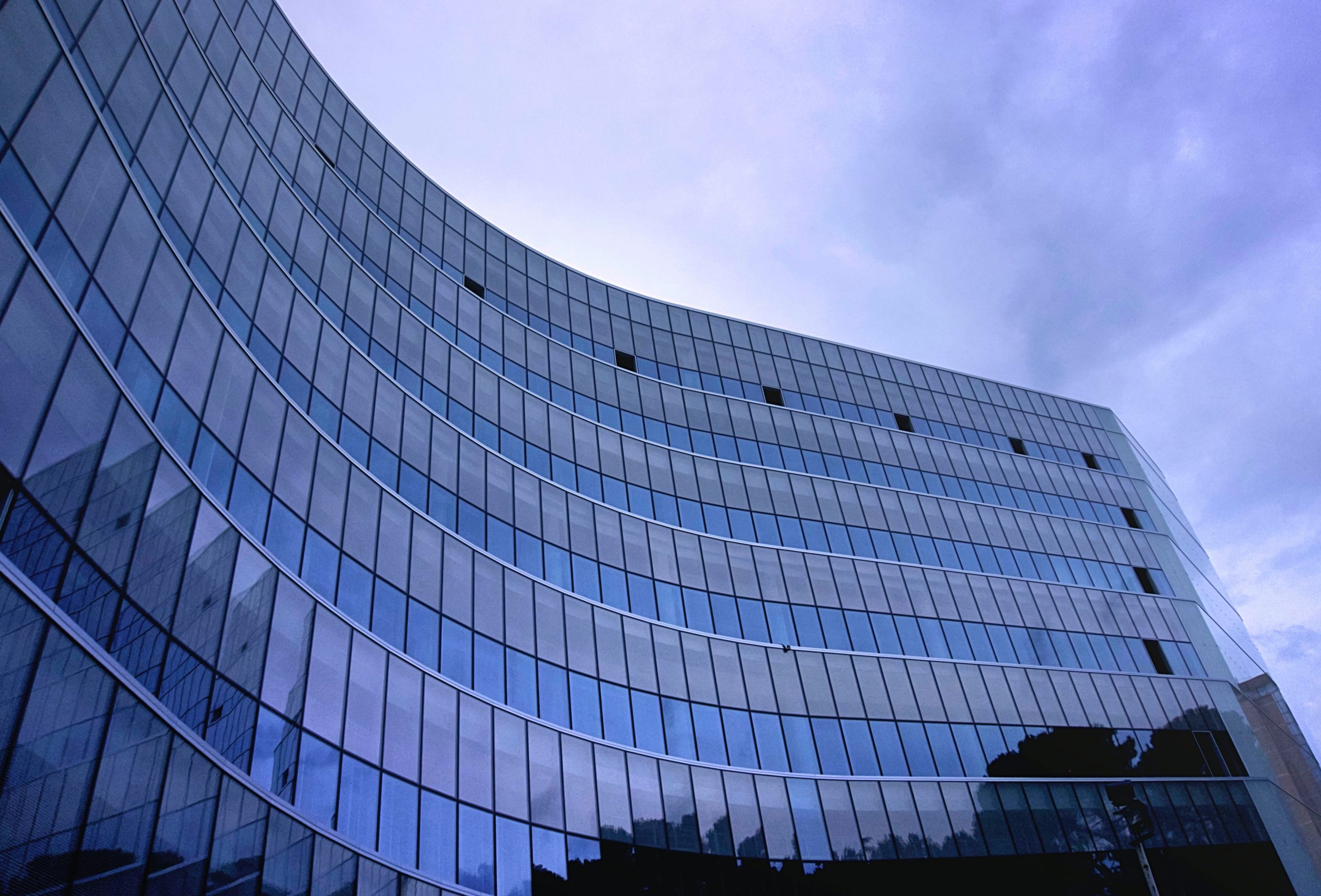The 7 Types of Commercial Real Estate Leases


When you’re investing in a commercial property, understanding the lease agreements is just as important as reviewing the P&L statements.
The types of leases that are in place with the existing tenants have a big impact on your responsibilities moving forward. This could make the property more or less appealing to you, depending on your goals and the type of business model you want to use.
There are seven different commercial lease types that you’ll encounter. Knowing how each one works will help you better evaluate potential properties. It will also allow you to negotiate more favorable leases when you bring in new tenants.

Understanding Commercial Leases
A commercial lease agreement is a contract between you and your tenant. It outlines the responsibilities of both parties, which vary widely from one type of lease to another.
Commercial leases differ from residential leases in a number of ways, including:
They provide few legal protections to tenants, as it’s assumed business owners are more knowledgeable than residential renters.
All the terms of the lease are negotiable.
They generally have much longer terms, usually several years.
Some common commercial lease terms are:
The amount of rent to be paid each month by the tenant.
The amount the landlord can increase the rent each year.
The length of the lease.
Who is responsible for paying additional expenses (property taxes, insurance, utilities, etc.)?
Who is responsible for maintenance and repairs?
As with any kind of lease, a commercial lease should also include terms for either party breaking the lease and consequences for ending the lease prematurely.
Now that you have a solid understanding of what a commercial lease is and how it works, let’s go over the seven types of commercial real estate leases you’re likely to run into when investing in properties.

Gross Lease/Full Service Lease
With a gross lease (also known as a full-service lease), the landlord assumes all or most of the expenses. This may include property taxes, insurance, utilities, repairs, and maintenance. All of these expenses come out of the rent, meaning the tenant only has to make one lump sum payment each month.
Tenants often prefer this type of lease, due to its simplicity. They’re only responsible for paying the rent and the landlord takes care of everything else. This allows the tenant to focus on running their business and means they don’t have to worry about managing the building.
The downside of this type of agreement for tenants is that they have little or no control over the look of the building, and if something needs to get fixed they’re completely dependent on the landlord. Also, because the landlord is responsible for all the expenses the base rent is usually higher compared to other types of leases.
For landlords, a gross lease usually means more work. It might be preferable for someone who wants to be more hands-on and likes to have control over how the building is run. But if you’re looking for a passive investment this isn’t the lease for you.

Single Net Lease (N Lease)
A net lease is the most common type of commercial lease. With these leases, the tenant pays for some or all of the three nets:
Property taxes
Insurance
Maintenance and repairs
In addition to these expenses (and their rent), tenants also usually pay for utilities and janitorial services.
The first type of net lease is the single net lease, where the tenant is responsible for paying a portion (or all) of the property taxes. The landlord is then in charge of paying for the property insurance and any repair and maintenance expenses that arise.
A landlord may opt for this agreement to save money on property taxes and to ensure they have money to pay their taxes on time. Besides this though, there are few advantages to the landlord and they’re still required to manage most of the day-to-day responsibilities of the building.

Double Net Lease (NN Lease)
A double net lease requires the tenant to pay for a portion (or all) of both the property taxes and insurance. The landlord is then responsible for any expenses associated with maintenance and repairs.
This commercial lease type is more common in multi-tenant buildings. In this case, the tenants contribute to the property taxes and insurance, and in return, the landlord will maintain the building and take care of any repairs that need to be done.
In a multi-tenant building, the portion a tenant pays for property taxes and insurance is usually decided based on the amount of square footage they’re leasing. For example, if a tenant rents 20% of a building they’d be expected to pay 20% of the property taxes and insurance.

Triple Net Lease (NNN Lease)
Since this is the most popular type of lease, a common question among investors is “what is a triple net commercial lease?” With a triple net lease, the tenant pays for a portion (or all) of the property taxes, insurance, and repairs and maintenance.
This type of lease provides a number of benefits to landlords. Because tenants are responsible for virtually all the expenses this agreement is ideal for more hands-off investors. For example, if a window breaks the tenant is responsible for fixing it and paying for any repair costs.
There are some benefits to the tenant as well. While they have more responsibilities they also have more freedom. Generally, a triple net lease gives tenants the ability to make changes to the building as they see fit. They also aren’t dependant on the landlord to take care of any urgent repairs. And because they’re responsible for more costs their base rent is usually lower.
Absolute Triple Net Lease/Bondable Lease
An absolute triple net lease (also known as a bondable lease) is essentially the exact opposite of a gross lease. In this arrangement, the tenant is responsible for all costs associated with the property and they take on every imaginable risk.
For example, if the building were to be destroyed due to a natural disaster the tenant would be responsible for all the costs associated with rebuilding it. On top of that, they’d still have to pay the landlord's rent while the building is being rebuilt.
This is the least common commercial lease type, as few tenants are willing to take on this level of risk. While this lease essentially allows them to own a building without buying it, they’re responsible for all the risk and don’t get to benefit from gaining equity in the property.
Modified Gross Lease
A modified gross lease is essentially a compromise between a gross lease and a net lease. It’s similar to a gross lease in that the tenant pays all their expenses in one lump sum to the landlord. However, what’s included in their payment is negotiable.
Their rent could include any or all of the three nets. Utilities and janitorial services are typically excluded and are paid for separately by the tenant. Essentially, it maintains the simplicity of the gross lease while giving more flexibility when it comes to the responsibilities of the landlord and the tenant.
With a modified gross lease, the cost to the tenant is fixed throughout the entire term of the lease. This means if any of the costs the tenant is responsible for (property taxes, insurance, etc.) go up, their rent remains the same. Of course, if any of these costs go down the landlord enjoys the savings.

Percentage Lease
In this agreement, the tenant is expected to pay the landlord a percentage of their gross income, on top of their rent and any other expenses they’re responsible for.
The percentage paid by the tenant is typically around 7%, but it’s completely negotiable and fluctuates from one lease to another. There are also a number of different methods used to calculate the percentage rent and it’s not always simply a percentage of gross income.
Malls and shopping centers often utilize percentage leases, and they’re quite common when dealing with restaurants and retail stores.
A percentage lease may also be used with a start-up business that can’t guarantee its sales. In this case, the base rent is set low but the landlord has the chance to greatly increase their earnings if the start-up is successful.
Work with an Expert to Help You Evaluate Potential Leases
As you can see, commercial leases take on many different forms. This is one of the reasons why a commercial real estate broker is such a valuable asset. They can help you evaluate the leases of any potential investments and ensure you’re fully aware of all your responsibilities before purchasing a property.

Thank You!
We will contact you as soon as possible.
Be the First One to Know about the
Off-Market Opportunities
Sign up to receive real estate insights and tips direct to your inbox and get exclusive access to investment opportunities.